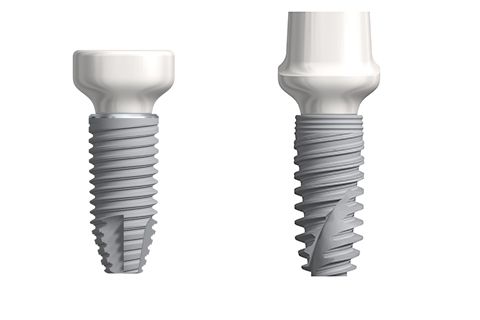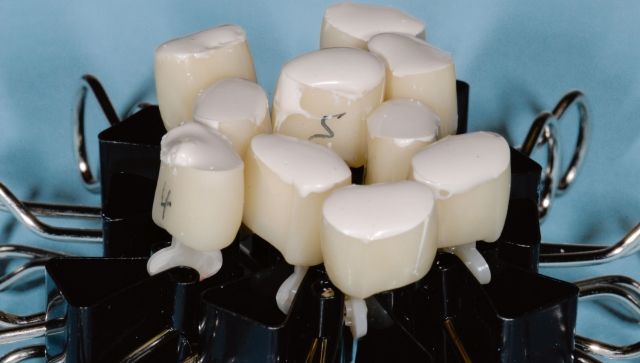Technique: Solving four problems with one workflow
Restoring single molars is a common indication for most clinicians placing implants, but that doesn’t mean it’s straightforward.
Restoring single molars is a common indication for most clinicians placing implants, but that doesn’t mean it’s straightforward.
Here we look at how to overcome four challenges frequently encountered in the posterior region.
Free On Demand Webinar: Understanding Medical Billing and its relationship with 3D
1. Large molar sites
If you’re taking an immediate placement approach then large molar extraction sockets can make it difficult to achieve sufficient stability. Plus, the need for a large molar crown means additional considerations when it comes to the emergence profile. Restorations that are significantly wider than the implant platform could, at best, leave space where food can become trapped. At worst, they could even be detrimental to the marginal bone. In both eventualities, you may have patients coming back with complaints.
To try and help avoid these issues you can use wide-platform implants like those found in the NobelActive and NobelParallel Conical Connection systems (both from Nobel Biocare). You can also further improve the emergence profile by using healing and temporary abutments designed specifically for the molar region.

Left to right: The new wide-platform NobelParallel Conical Connection (left) and NobelActive (right) implants combine with PEEK Healing (left) and Temporary (right) Abutments to optimize emergence profiles for large molar crowns.
2. Limited accessibility
The reduced space and light in the posterior region can make placing the restoration tricky. And working at the back of the mouth means there’s a high risk of the patient aspirating any small components that can come loose.
Improve accessibility by selecting an abutment with an angulated screw channel. Being able to position the screw access hole towards the lingual or mesial aspects makes it easier to reach. The right tooling can also improve handling. Nobel Biocare's unique Omnigrip Screwdriver is designed for a strong grip on the screw to limit the chances of it detaching in the patient’s mouth. This offers a little extra peace of mind, particularly when you’re working in the posterior.

NobelProcera abutments with an angulated screw channel (ASC) and the associated Omnigrip Tooling can aid access and handling at the back of the mouth.
3. Excess cement
Case studies have indicated that excess cement can have a detrimental effect on peri-implant tissue health.1,2 Despite the risks, a survey of 400 dentists by Wadhwani and Piñeyro found that some place up to twenty times more cement than they need.3 An overload of this scale means that up to 95 percent of the cement that’s placed extrudes at the restorative margin. With the restorative margin often below the gumline, this can pose real problems, particularly in the molar region where accessibility and visibility make removal of cement especially difficult.
10 implant trends you need to know
You can avoid this issue entirely by using a screw-retained restoration like the NobelProcera FCZ (full-contour zirconia) Implant Crown. As even the adapter is mechanically retained, the restoration is completely cement-free. Alternatively, Wadhwani and Piñeyro suggest a technique for minimizing excess cement by creating a chairside copy abutment that serves as a controlled applicator for the cement.4

Research shows that many dentists are using up to twenty times more cement than is needed.3
4. High occlusal forces
If your restorations are going to withstand the high occlusal forces experienced at molar teeth, they need to be strong. Those created specifically for the posterior region, like the NobelProcera FCZ Implant Crown, are designed to handle these demanding conditions in the long term.
High forces can also lead to veneer chipping. As the NobelProcera FCZ Implant Crown is a monolithic full-contour option, it overcomes this challenge too, as no veneering is required.

The NobelProcera FCZ Implant Crown combines full-contour strength with restorative flexibility, whichever of the eight shades you choose.
Four problems, one complete solution
To overcome all these challenges, we're bringing innovation back to the posterior region. Our new complete posterior solution combines wide-platform NobelActive and NobelParallel CC implants with anatomically shaped PEEK Temporary and Healing Abutments. Then, for the final restoration there's the high-strength, cement-free FCZ Implant Crown with the option for an angulated screw channel. In combination, these innovations are designed to make your life easier when restoring molar teeth.
References